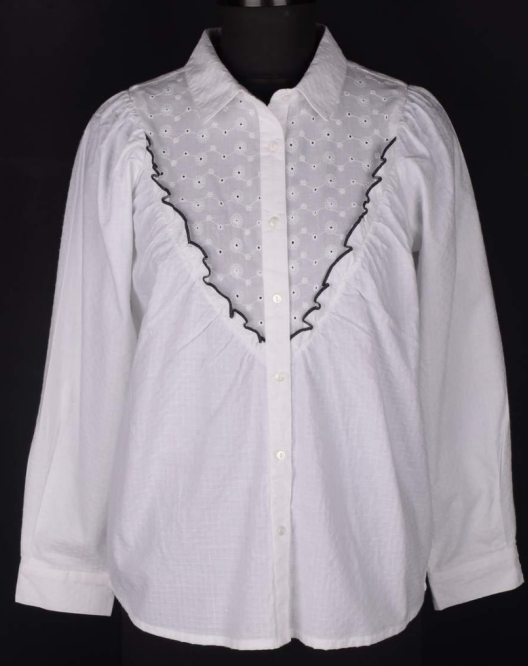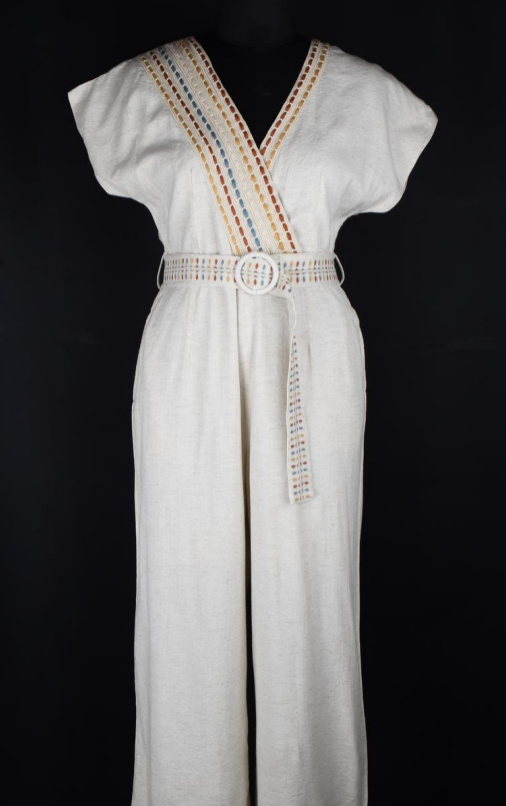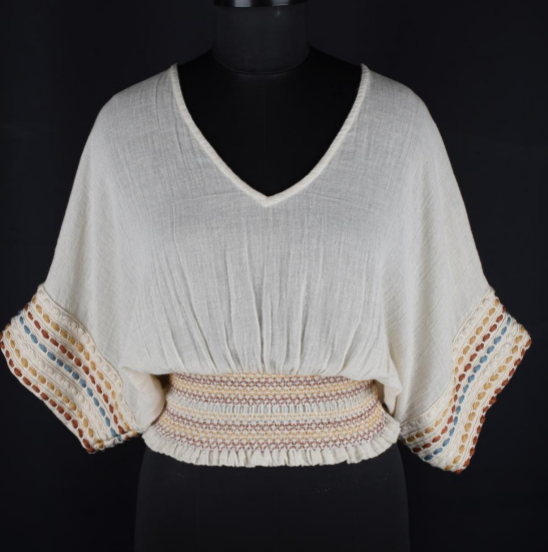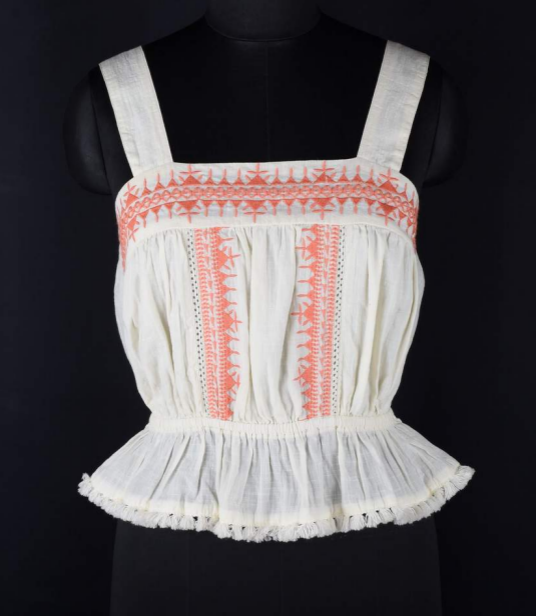Difference Between Indian And American Sizing Guides
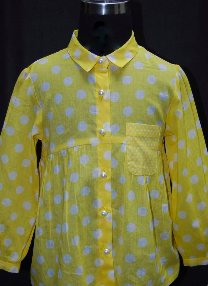
People come in different shapes and sizes across the world. If you compare the height and build of people globally, you’d find that people in the US are taller and have broader shoulders compared to people in India. Even though the average height difference between Indians and people in the US is just one inch, it can lead to significant changes in garment sizing.
So, to answer in one sentence, women’s garments made as per US sizing guides are taller and have a larger bust and hip size compared to those of Indian sizing. But there’s more to the difference in sizing than just bigger bust and hip sizes. Let’s look at exactly how different the US and Indian garment sizing for women’s and kids’ wear is.
Primary Differences
The primary difference between the US and the Indian sizing guides is that the US guide definitively uses inches, while the Indian guides shift between inches and centimeters. The reason for this change is that the Indian sizing guide has not been fixed. There’s still no dedicated Indian sizing guide that’s followed by all brands unanimously.
This leads to wild sizing differences among brands, as some brands even follow the UK sizing guide in India. Compared to that, the US sizing guide is a bit more consistent
across brands. Even though the sizing doesn’t match Indian bodies, the consistency across brands allows for easier purchasing for consumers once they know their right sizes.
With the primary differences out of the way, let’s concentrate on the specific sizing differences between the US and Indian sizing for women’s wear and kids’ wear.
Differences in Women’s Wear Sizing
Women’s wear is one of the most difficult garment types to nail in terms of sizing. The main reason is that women’s bodies can vary from person to person. Women of the same height can have wildly different bust and hip measurements, which makes it difficult to create one garment that fits all women perfectly. This is why countries have surveyed the population and created their own sizing guides to ensure the garments fit the population correctly.
So, when it comes to differences between US and Indian sizing for women’s wear, the main difference lies in the average body shape of women in both these countries. American women, on average, are taller and have larger hip and bust sizes. Indian women are shorter and more petite in comparison, which leads to the differentiation in sizing.
To put it into perspective, a size six dress (bust 35 inch, waist 27 inch, and hip 37 inch) made as per the US size may correspond to ‘M’ or medium sizing in the US. However, the same dress would match ‘L’ sizing in India compared to the sizing guide used by local brands. So, if you’re a US brand manufacturing company in India, it is crucial that you mention to the manufacturers that you follow US sizing specifically to ensure your garments are market fit.
Differences in Kid’s Wear Sizing
Kids’ wear is not standardized in either the US or India. Even though both these countries have sizing guides for kids’ wear, the guides are not exhaustive. In the US, the children’s sizing guide uses three parameters: the age of the child, their height, and weight. In India, only the age of the child is considered for the sizing guide.
This is why Indian kids’ wear brands run smaller than US brands. Since Indian sizing only uses one parameter and doesn’t consider the height and weight of the child, kids’ wear sizing can be tricky to buy accurately for kids and ensure the garments will fit perfectly.
To put it into perspective, if a kid is wearing size five garments in the US, they might need size seven or even eight when they are changing to the Indian kids’ wear sizing.
Conclusion
These are the most important sizing differences between the Indian and American garment sizes for kids and women’s wear. To learn more about garment manufacturing or sizing, check out CheerSagar. They are among the top Indian garment manufacturers with over three decades of experience as a leading manufacturer and exporter for global brands.
Related Blog
A Look Into The History Of Women’s Dresses & How They Came To Be
Dresses have been a staple women wear in Western culture for a very long time. Even in parts of...
Breaking Down Barriers: Addressing Challenges In The Apparel Industry's Supply Chain
The garment business is a dynamic, complicated sector with many supply chain issues. Every stage of the garment supply...
Luxury Clothing Manufacturer Workshops Unveiled
Luxury clothing manufacturing is one of the most lucrative business opportunities in the apparel industry. However, it is more than...

